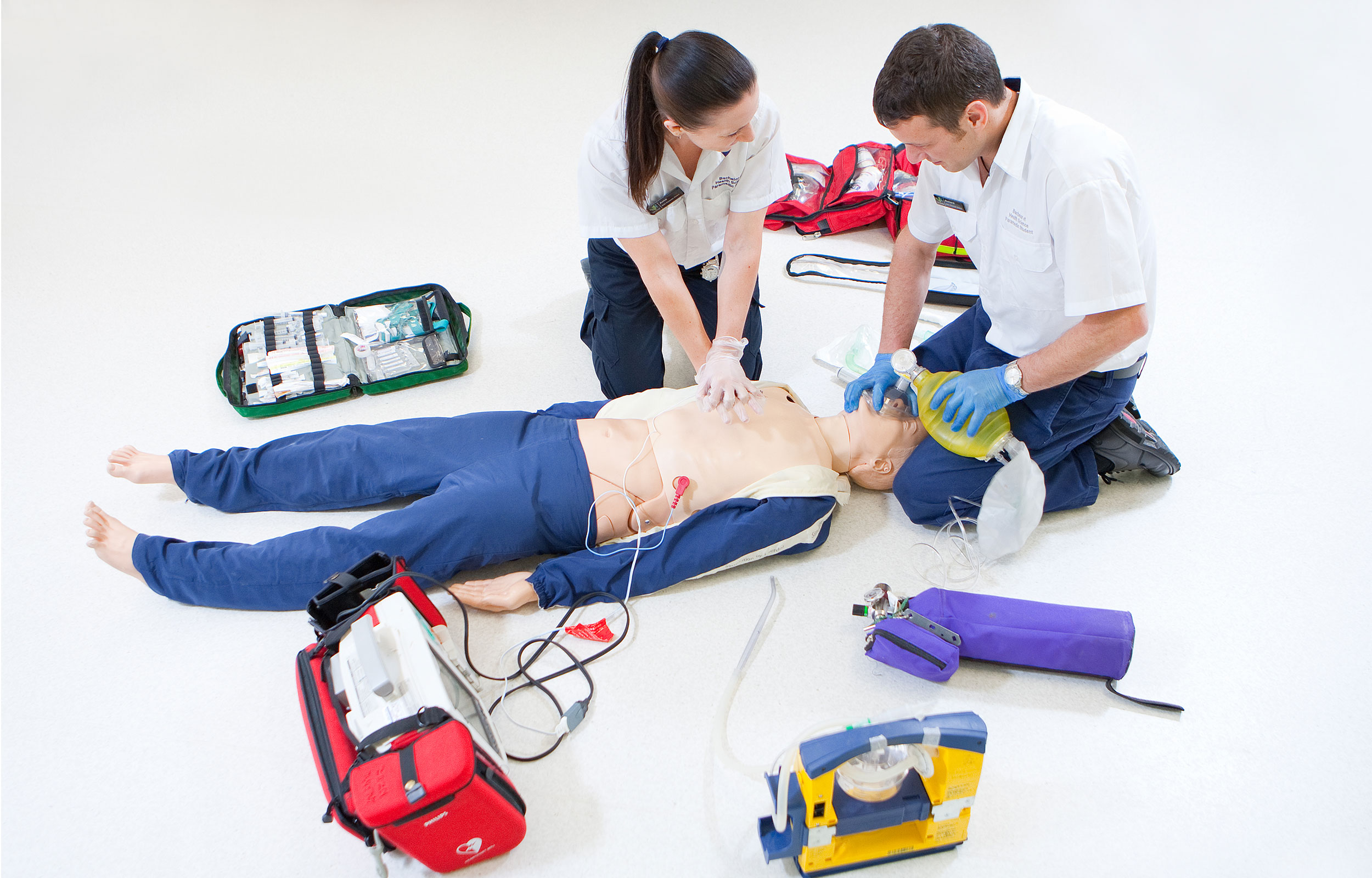Emergency medical services (EMS) which is a vital and noble career, gives an exciting job that revolves around the saving of lives and providing critical care. This field offers tremendous growth potential and a high demand for qualified professionals. This article will take you through each step required to become an EMT or paramedic. We’ll also discuss the different options for training including the approved by the DSHS EMS course.
Understanding the Role and Function of EMTs and Paramedics
First responders, Emergency Medical Technicians and Paramedics provide immediate medical assistance in an emergency situation. They are specially trained to assess and take care of patients and take them to medical facilities where they can receive the treatment they require. EMTs and paramedics play a crucial role in stabilizing patients in critical circumstances, making quick decisions and delivering compassionate care during times of distress. For more information, click How to Become EMT

Step 1: Become an EMT
In order to become an EMT you must successfully complete a range of educational and training programs. These may differ based on the degree of certification you aim to achieve. There are three levels of EMT certification:
1. EMT Basic (EMT B): This is an entry-level certification that is based on between 100-150 hours of training. EMT-Bs are certified to provide basic medical care such as CPR, bleeding control, and airway management.
2. EMT Intermediate (EMT I): EMT I requires additional training that can vary by the state. It is possible to combine this level with EMT B in certain places however it can also require training of 200-400 hours. It also includes intravenous treatment and expanded medical skills.
3. EMT Paramedic (EMT P) EMT-P is the highest level of certification for EMTs. Training required to obtain this certification usually ranges from 1,800 to 1,000 hrs. Paramedics can perform advanced medical procedures, including the administration of medication, interpreting EKGs and advanced airway management.
Step 2: Obtaining Paramedic Certification:
You must pass your EMT B or EMT I stage before you can be a paramedic. You then can apply for the paramedic program which takes between two and one year. Through the rigorous training, you’ll learn about the latest medical topics. Additionally, you will acquire the skills and knowledge required to handle difficult scenarios.
Step 3: Investigating EMT Optional Training:
You have the option of choosing from a wide range of EMT classes, based on your certification level. Community colleges and medical trade schools usually offer EMT training for all certification levels. The programs offer a mix of classroom education as well as hands-on training as well as practical experience in the field as well as in clinical settings.
If you are looking for a complete and in-depth EMT program that could lead to a degree from a university or college or college, they might also provide EMT training on the EMT-Paramedic levels. These programs will give you an understanding of emergency medicine and allow you to make better medical decisions as well as provide better care for patients.
Step 4: You must ensure DSHS certified EMS training:
For those who want to become EMTs and paramedics, it is essential to make sure the training program you choose to take is DSHS accredited. The Department of State Health Services is the body that approves EMS programs to make sure they have met the highest standards of competence and training. Enrolling in a DSHS-approved EMS training will ensure that you receive the best training and you will be able to meet the requirements for certification.
A career in the field of EMT or paramedic is highly rewarding and respected. EMTs and Paramedics serve as first emergency responders and play a crucial role in saving and providing immediate medical treatment during emergency situations. In order to begin this lifesaving journey, EMTs and Paramedics are required to complete the necessary education and training. The EMT certification course can be completed in a community college, medical trade school, or at a university according to the level of certification desired.
As well as assessing the various training options, you should also ensure that your chosen EMS course is DSHS certified. This ensures that you’re getting a top-quality training that is in line with the requirements needed to obtain EMT certification and paramedic accreditation.
As the need for qualified emergency medical professionals rises, EMS provides a wealth of career options and the opportunity to positively impact the lives of those around you. No matter whether you start out as an EMT Basic or to become a paramedic your dedication to providing essential care will be rewarded with the satisfaction of a rewarding and purpose-driven career in emergency medical services.